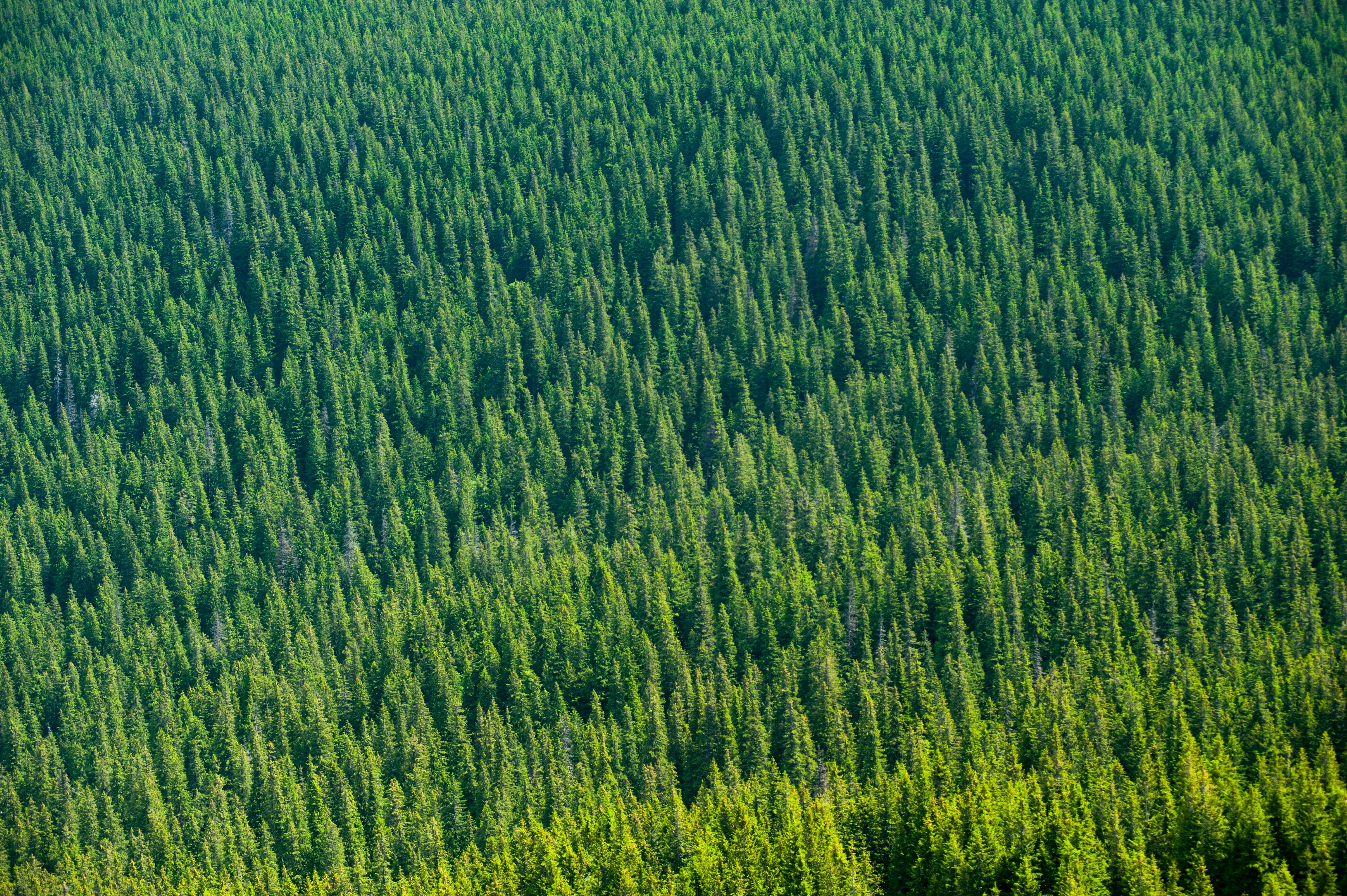The suggestion made in headlines such the one below - that carbon credits won't cut emissions - only further obscures the good work that carbon credit programs can do.
It's the case that carbon credits aren't likely to have an impact on the behavior and emissions of major emitters. This is especially in comparison to the profits generated from the production of fossil fuels. It's more likely than not that taxing carbon emissions can have a larger impact on reducing dependence of fossil fuels.
Today's emissions are a problem. To understand the importance carbon credits however, we must move beyond looking at the income Statement and take a look at our Balance Sheet. And more specifically, our Long-Term Carbon Debt.
If Planet Earth maintained a Balancesheet and we were required to record our essential needs, such as food availability, water security, physical security and more., and our long Team Debt entries our total debt and extremely high levels of soil organic carbon depletion due to farms, and the astonishing degrading of mangrove forests in coastal areas and carbon storage areas, it is obvious that this current predicament wasn't caused by a single-year's emissions.
So, any headline with carbon offsets is misleading. Climate change's issues aren't just the result of carbon emission but are traceable back to years (or even hundreds of years). poor farming practices, mangrove removal, pollution and other errors are all part and parcel of the problem.
What's the extent of the extent of damage to mangrove forests? 50 to 70% of mangrove forests around the world are either gone or have been significantly degraded. Numerous farms around the world have lost as high as 80% soil organic carbon, which is threatening the security of food.
This is why it is important to move our thinking from "triple-bottom-line" to the accrued debt on the balance sheet. Carbon credits can be considered as a "balance sheet item for adjustment" which is related to the total debt and is not simply a tax on the current emissions. Carbon credits are a (carbon credit) is a credit that is able to be used to lower (carbon) and debt.
How can we reduce our credit?
The answer is straightforward. Let's look at an instance. CarbonNation Blue is one of the funds in the CarbonNation fund, was established to accomplish one task extremely simple and efficient protecting and restoring mangroves. To achieve scale, mangrove forests require a substantial amount of funding. A 15,000-hectare forest which needs to be planted will cost between USD2,500 and USD4,500 per hectare. The investment will be paired with three years of careful cultivation in the local community.

In addition, the local onshore fisheries must be improved with algae-based methods of filtering to ensure that phosphorus and nitrogen can be removed from the waters and the produce improves.
After the forest has matured and plants grow, carbon credits are generated. These carbon credits can be used to return the principal amount, as well as a return for investment, to the investors. What are the advantages Find more info of these benefits to the financial? More mangrove cover equates to an equal amount of fish (fish reproduce in mangroves because they are protected from predators) - one of the major sources of income for a lot of coastal communities.
More mangroves equate to better protection from the rising tides and erosion of coastal areas. Everyone knows, mangroves provide the same carbon sequestration rates that low-density trees. Yes, machines that pull carbon from the atmosphere and store it underground are futuristic. However, mangroves can do this for thousands of years and provide us food.
The fund has already received substantial contributions and partnerships to support its efforts. More partners are welcome to get in touch.
*This article is very written, thoroughly researched, and I have a problem with the headline. Based on the text in the article, I believe it may have been altered or added by the editor rather than by the journalist.